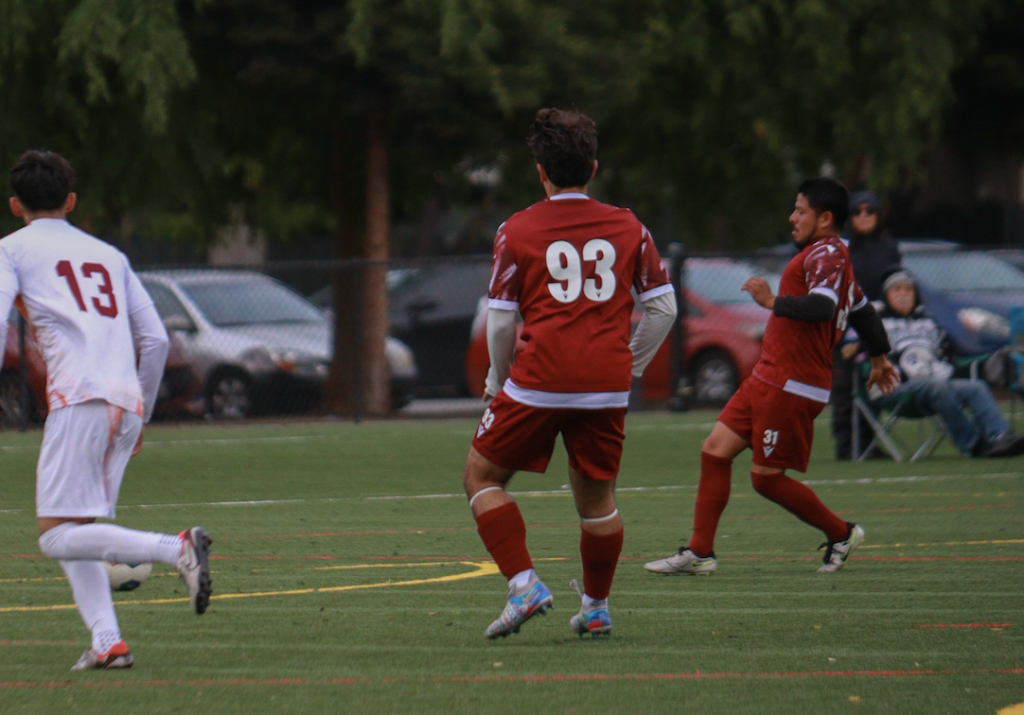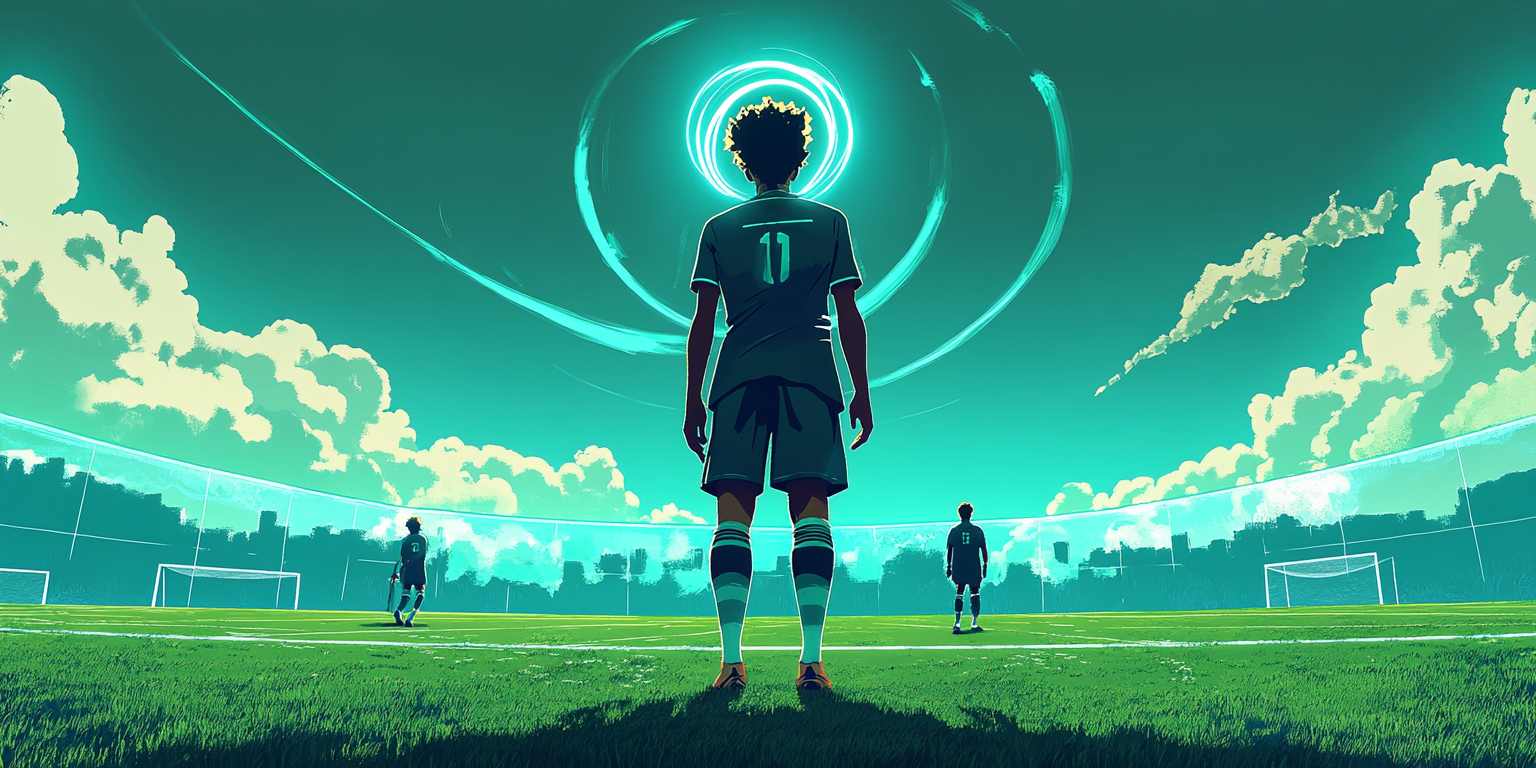How to Improve Awareness in Soccer: 5 Keys to Better Vision
Picture this: The ball comes to your feet, you take your first touch, and suddenly you’re swarmed by opponents. You lose track of your teammates, can’t find space, and end up losing possession. Sound familiar?
This scenario happens to many players who lack situational awareness, which is one of the most important skills that all players need in order to become better players. Awareness in soccer is related to soccer intelligence and it refers to the ability to understand the game environment, anticipate plays, and make informed decisions by constantly scanning the field and gathering information.
Throughout my journey as a player and coach, I’ve observed a clear pattern: players who master situational awareness consistently outperform those who rely solely on athletic ability or technical skills. I’ve seen technically gifted athletes get lost during crucial moments because they couldn’t process the game environment quickly enough, while players with average ball skills dominated matches through superior field vision and decision-making ability.
That is why in this blog post, I will provide you with tips and drills to improve your situational awareness.

How do You Improve Situational Awareness as a Soccer Player?
Key #1: Master the Art of Scanning the Field
The foundation of a strong vision and situational awareness during a soccer game starts with keeping your head on a swivel to constantly gather information about teammates, opponents, and the space. Many players lose track of what’s happening around them because they focus too much on the ball, while top players scan before receiving, during their first touch, and after making a pass.
When scanning the field, focus on quality over quantity. It’s not about how many times you turn your head, but more about how much information you actually pick up to help you make better decisions.
Key #2: Develop Your Peripheral Vision and Body Positioning
Soccer vision isn’t just about what you see directly, central vision; it’s about using your peripheral vision and dorsal vision streams to stay aware of the broader game environment while your central vision tracks the ball. Position your body strategically to face both the ball and the most important areas of the soccer field, allowing you to better exploit opportunities and anticipate your next move.
When you control the ball, align your body to see the maximum amount of the field while maintaining good first-touch technique.
Key #3: Maximize Real-Game Experience and Live Practice
The best way to improve awareness is by putting yourself in real-game situations through team training sessions, pick-up games, small-sided games, futsal, beach soccer, or any other soccer variation where you can practice against live opponents. You can’t develop good situational awareness by training alone because you need opponents who will pressure you and force quick decisions.
During these sessions, make a conscious effort to limit unnecessary touches and scan effectively as much as possible before receiving the ball.
Key #4: Study Professional Games and Analyze Performance
One way to see elite situational awareness in soccer is by watching professional games with a focused eye on how top players move their heads, position their bodies, and make decisions before they even touch the ball. Notice how central players like midfielders constantly scan the field and rarely get surprised by pressure, while wingers check over their shoulders to track overlapping runs.
Combine this study with reviewing your own recorded games to identify moments where you could have scanned earlier, positioned better, or made smarter decisions under pressure.
Key #5: Enhance Mental Focus and Game Communication
Situational awareness breaks down when your mind wanders to past mistakes or future outcomes, so developing the ability to stay completely present in each moment is crucial for processing the game environment effectively. Practice asking yourself rapid-fire questions during play: Where are my teammates moving? Which opponents are closing down space? What’s the best passing option?
Work on your mental preparation before games with sports psychology techniques such as visualization exercises, where you imagine yourself scanning, finding more space, and making quick decisions in different game scenarios.
Final Thoughts
Developing situational awareness is an important skill that separates good players from great ones, requiring consistent hard work and practice to master scanning the field while using both central and peripheral vision effectively. Many players lose track of teammates, opponents, and space because they lack situational awareness, but by keeping your head on a swivel and studying how top players in professional games gather information, you can stay one step ahead of the game environment.
Remember that becoming situationally aware is a journey that demands dedication, but once you develop this ability, you’ll find yourself making better decisions and controlling matches in ways that seemed impossible before.

Frequently Asked Questions
What are the 3 types of vision related to awareness in soccer?
- Central Vision / Foveal Vision: This is what players use to focus on specific targets like the ball, teammates, or defenders directly in front of them. It handles precision tasks like controlled first touches, sharp passes, and technical skills.
- Peripheral Vision: Allows players to stay aware of the broader game environment without directly focusing on it. This helps anticipate movements, spot open space, and track teammate/opponent positions while maintaining control of the ball.
- Dorsal Vision: Body awareness gained through proprioceptive feedback from your feet, fascia system, and nervous system. This increased body awareness helps players maintain broader perception and react quicker without refocusing their central vision. A good way to develop this is by spending a lot of time training barefoot.
What are the benefits of having strong situational awareness?
- Game-Changing Impact: Players with strong awareness dictate pace, create scoring opportunities, and make critical defensive plays.
- Better Decision-Making: Enhanced ability to process information leads to smarter choices and better tactical decisions during games.
- Enhanced Focus: Helps players absorb crucial details, adapt to changes, and maintain awareness throughout the entire match.
- Effective Communication: Improves your ability to share vital information with teammates and coordinate team movements.
- Composure Under Pressure: Quick information processing allows players to stay calm and execute plays confidently in high-stress situations.

